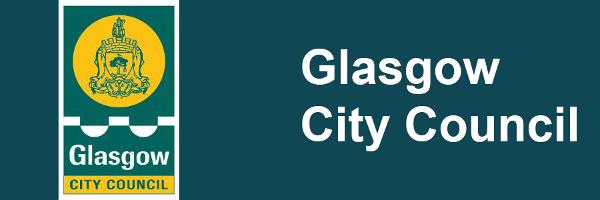Kelvingrove Park
This Sir Joseph Paxton designed park is a 34 hectares/85 acres site and a classic example of a Victorian park. Its design and setting on the banks of the River Kelvin enhance and complement the many magnificent buildings which surround the world renowned Art Gallery and Museum prominently featured within it.
Where is it?
What can I do there?
The park has a wide variety of facilities to suit all age groups.
- Kelvingrove Museum and Art Galleries:
- The galleries have undergone a £27.9m refurbishment to restore the magnificent Victorian interior.
- Kelvingrove bandstand - for events.
- Five bowling greens - seasonal facility subject to opening times.
- Four synthetic tennis courts.
- 3 children's play areas.
- 3 cafes - Museum and Art Galleries, An Clachan, Eldon Street entrance.
- Orienteering course.
- Herbaceous borders.
- Azalea and Rhododendron borders.
- Outstanding riverside walks.
- Skateboard park.
- Public toilets:
- At the entrance to the bandstand on Kelvinway.
- An Clachan.
- Museum and Art Galleries.
When is it open?
The park is open at all times.
History
In 1852 the City purchased land forming Kelvingrove and Woodlands Estates for the sum of £99,569 to create an area which is now known as Kelvingrove Park.
- The Park was created for the rapidly growing West End of the city for the recreation and amusement of the citizens of Glasgow
- It was one of many Victorian parks created in response to the appalling conditions created by rapid urban growth, resulting from the industrial revolution.
- The park was the first purpose designed and constructed park in Scotland and it rapidly became a considerable attraction
- It was designed by the leading landscape designer of the time, Sir Joseph Paxton who also designed the Crystal Palace in London
- Kelvingrove is one of the city's best loved historic parks, an enduring legacy of Victorian urban parks, which has a special place in the hearts and minds of the people of the West End.
- It has been used twice for International Exhibitions in 1888 and 1901 as well as being used for the Scottish National Exhibition in 1911.
- The magnificent Art Gallery and Museum which is a prominent feature of the park was built for the 1901 Exhibition.
- The Doulton fountain, which has undergone a £5m refurbishment at Glasgow Green, was originally located in Kelvingrove for the 1888 International Exhibition.
Outstanding Features
- The Park has an overarching feel of Victorian grandeur. The layout of conscious curves follows the route of the River Kelvin, which it crosses at several points.
- The Art Galleries and Museum, completed wildly over budget at a cost of £257,000, is the most prominent feature.
- In 1854 a granite staircase was erected near Park Gardens - close to the former home of the SFA - at a cost of £10,000
- The Stewart Memorial Fountain, erected in 1872, commemorates Lord Provost Stewart who was instrumental in the delivery of Glasgow's water supply system from Loch Katrine - inaugurated in 1859. Unfortunately the fountain uses mains water, an extravagance that cannot be afforded today.
- The River walkway is a peaceful natural haven within a densely populated area of the city and it is home to a diverse range of wild life.
- Other features include:
- Sunlight Cottages 1901
- Highland Light Infantry Monument 1906
- Bandstand and Amphitheatre 1924 (Please note this area of the park is currently closed to public access)
- Tom John Honeyman Garden and seating Area 1972
Related Content
Related Links
Last modified on 31 January 2024




